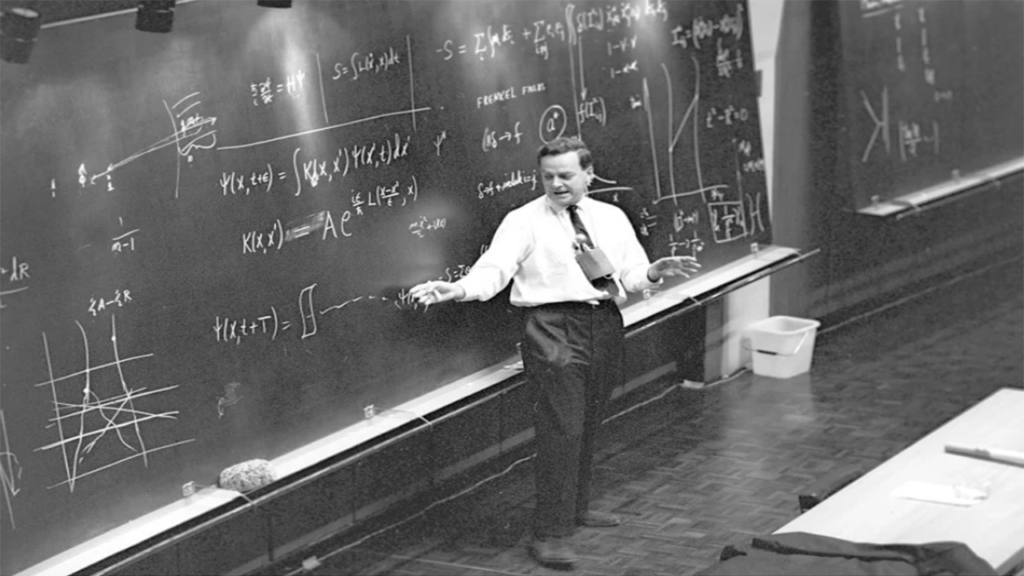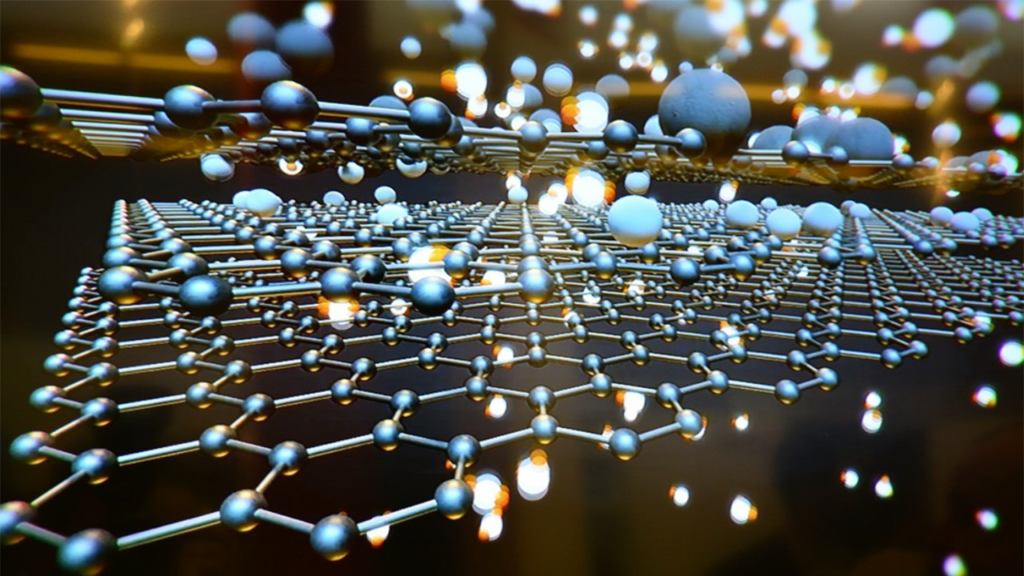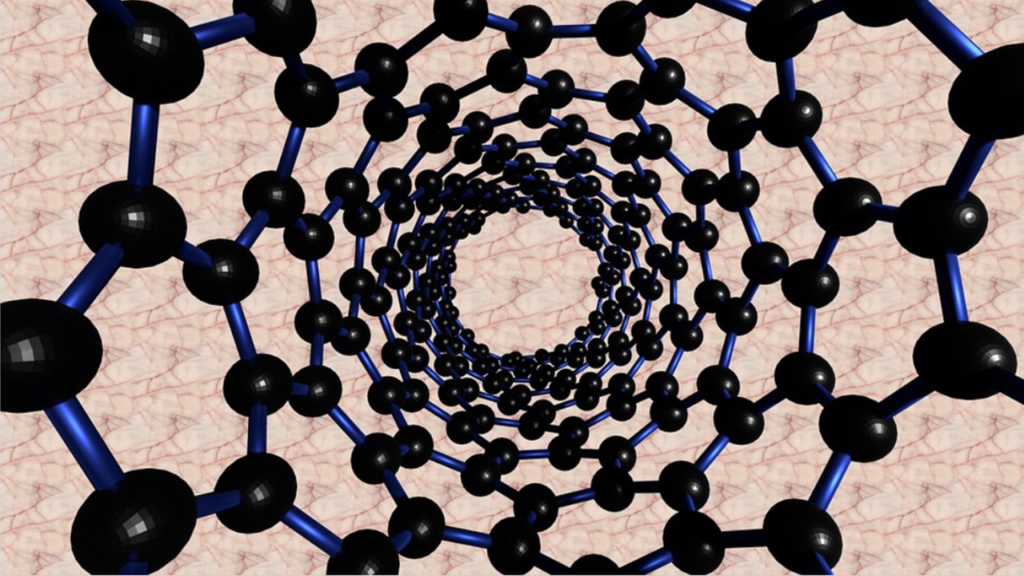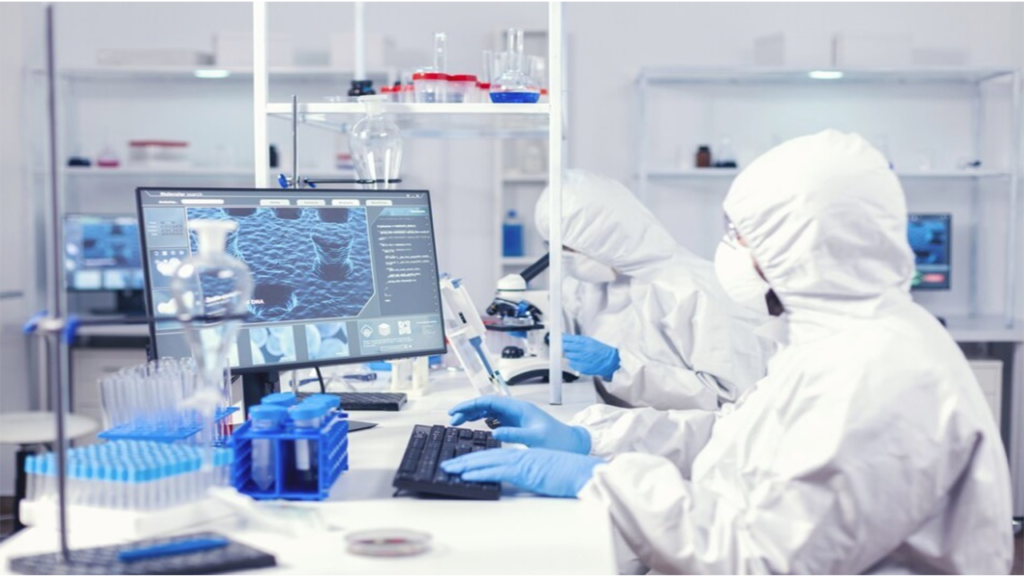
Nanotechnology, which has become a trend in the world of science with the developments in technology, was used for the first time by Norio Taniguchi. Nanotechnology, whose history dates back to 1974, took many years to spread. World-renowned Physicist Richard Feynman, considered the father of nanotechnology, opened a new page in the world of science by making the introductory speech “There’s Plenty of Room at the Bottom” at a conference he gave at the California Institute of Technology in 1959. In this conference, Feynman mentioned that each atom and molecule can be controlled separately. In 1986, K. Eric Drexler, who was influenced by Feynman, mentioned the term nanotechnology in his books titled “Engines of Creation: The Coming Era of Nanotechnology”. Let’s take a closer look at the concept of nanotechnology.

The root of the word “nano” comes from the Greek and means “dwarf”. Today, the word nano is used as a scale, and 1 nanometer is one billionth of a meter. Nanotechnology, on the other hand, is the control of matter at the atomic, molecular and supramolecular level. On the other hand, it refers to the whole of the work done at the nanoscale. In brief, nanotechnology is the processing of very small materials (1 to 100nm in size).

Nanotechnology generally aims to develop high-efficiency and nano-sized technological products. In parallel with these goals, many approaches have emerged.
• Nanomaterials
• Bottom-Up Approaches
• Top-Down Approaches
• Functional Approaches
• Theoretical Approaches
• Biomimetic Approaches are some of these approaches.

Nanotechnology, which is rapidly involved in all areas of our daily lives, aims to facilitate human life. As the studies on nanotechnology increase, the costs of the products decrease and thus more production can be made. Nanotechnology profits from labor and time. Thanks to nanotechnological products and applications, the damage to the environment is reduced and as a result, it offers people a healthier, higher quality and safe life.
Today’s scientists are doing a lot of studies on nanotechnology in the fields of physics, chemistry, biology, computer engineering, electrical & electronics engineering, mathematics, materials science, medicine and cosmetics etc. Some of the technological products produced by using nanotechnology are solar cells, very small electrical circuit components, very small scale modelling, ultraviolet protective glasses, quantum computers, self-cleaning glasses, nanorobots, moisturizers, hair care products, sunscreen etc. In addition, pharmaceutical materials are fabricated by applying the biosynthesis method.






